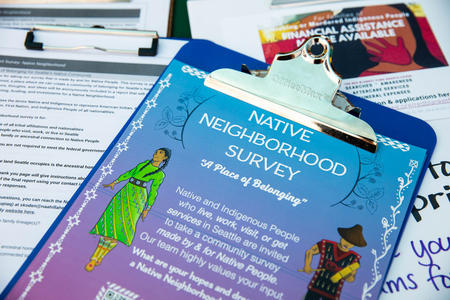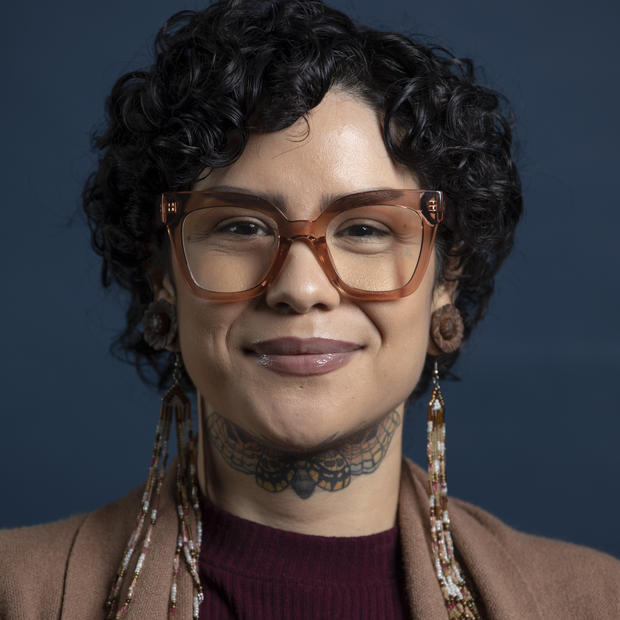Indigenous people make up 15% of those experiencing homelessness in Seattle and are just 1% of the total population. This massive overrepresentation can largely be attributed to policies like the Indian Termination Act, in which Congress terminated many federally recognized tribes' status and sold their land. Without recognition or a reservation, the tribes lost federal funding for their schools, hospitals and other community services. The Indian Relocation Act pushed Native people to relocate to urban centers with empty promises of jobs, housing, education and the social services no longer available on their traditional homelands.
From the 1950s to the 1980s, hundreds of thousands of Indigenous people relocated to urban centers, from Chicago to Denver to Seattle, according to the National Archives. Now, more than 70% of Indigenous people live in urban areas with no access to resources available to Native people living on reservations.
Because most people do not understand how these dynamics have reverberated throughout generations of urban Native families, dangerous stereotypes about Native homelessness and addiction are common. These stereotypes cause further harm to Indigenous people already suffering, impacting mental health and even the ability to receive or seek services.
It's important that we acknowledge the root causes when we celebrate progress like the potential for a Native neighborhood. We can’t understand where we are without first having an understanding of how we got here.
Writing this story without unpacking why there is such a major need for a cultural cornerstone for our urban Native population would be a disservice to our readers and the generations of Indigenous people who have suffered as a result of these racist federal policies.
I hope that, as guests on the Native land we all live on, you find joy in learning and becoming more familiar with the complex and unique histories of your Native neighbors. And that from this knowledge you are able to contribute to shifting past narratives and hold oppressive people and systems accountable.



